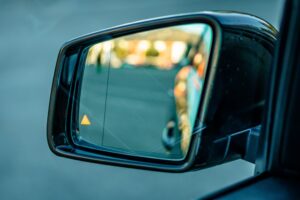
“Check your blind spots” is one of the first instructions given when learning to drive. Driving a vehicle can be a dangerous, risky activity, and when you aren’t mindful of your blind spots, car accidents increase. Blind spot accidents are widespread and can lead to sideswipes, rollovers, rear-end collisions, and more. But who is at fault during a blind spot accident? This article will discuss how liability is determined in a blind spot accident and what to do if you’ve been involved in one.
The National Highway Traffic Safety Administration (NHTSA) reported that an estimated 840,000 blind spot accidents happen yearly in the United States, resulting in around 300 fatalities. In many cases, these crashes involve large trucks. Truck drivers have difficulty managing their blind spots because of the size of their vehicles. A truck’s blind spot, called the “No Zone” is where most blind spot accidents occur. But any auto vehicle is susceptible to these accidents if the driver isn’t careful.
What Are Blind Spot Accidents?
The blind spot is that area you cannot see with your mirror or eyes while driving without turning your head and diverting your gaze from the road. Blind spot accidents occur when one or multiple drivers change lanes, fail to notice another vehicle in their blind spot, and collide with the other vehicle. Checking your side mirrors and blind spots while using your turn signal is the best way to avoid a lane change accident.
Common Causes of Blind Spot Accidents
While lane changing is the most common cause of blind spot accidents, there are a few other common causes of blind spot crashes:
Merging blind spot accidents – Merging onto the highway often involves accelerating at potentially very high speeds. Being mindful of your blind spots while merging, especially in heavy traffic, is essential to avoid a blind spot accident.
Reversing blind spot accidents – Reversing is another common type of blind spot accident. Whether backing out of a parking spot or your driveway, you should always check your blind spots for motorists, cyclists, or people walking by.
The extent of the damages from a blind spot accident varies because it all depends on the details of the crash, and no two are alike. Here are some possible damages you may incur coverage for following an accident:
- Medical bills
- Property damage
- Pain and suffering
- Therapy and rehabilitation
- Lost wages
- Other costs resulting from the accident
Suppose you’ve been involved in a blind spot accident with another vehicle, or a semi-truck, and were either injured or suffered property damage. In that case, an attorney can help you seek fair compensation.
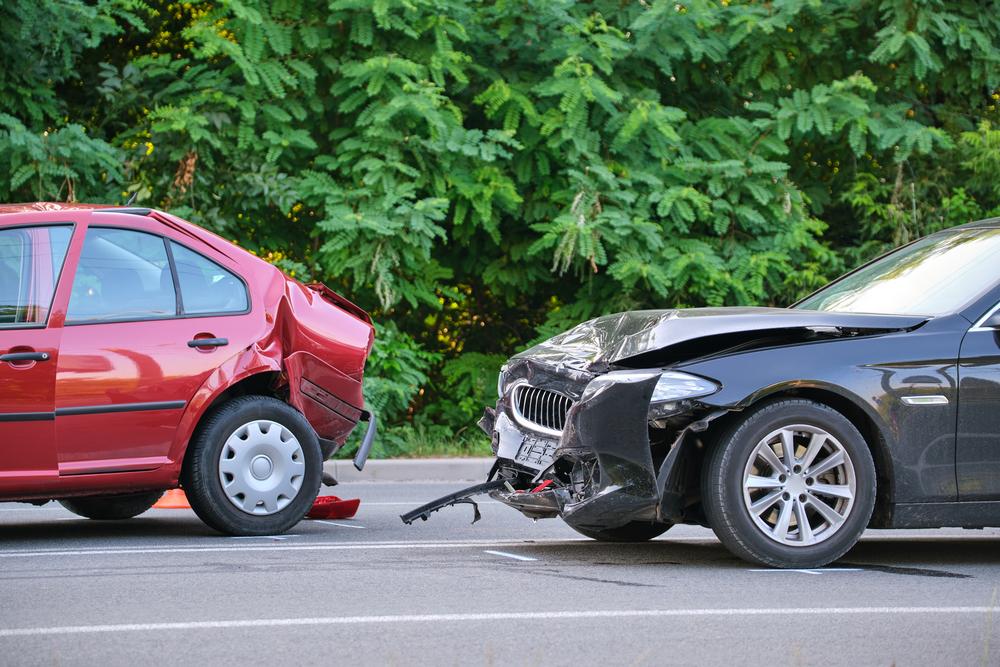
Who Is at Fault During a Blind Spot Accident?
To determine who is at fault in a blind spot accident, you must establish negligence. In most cases, the driver attempting to change lanes or merge would be the negligent driver. In other words, the fault usually goes to the driver with the blind spot. But ultimately, the fault is placed on whoever violated the traffic laws. To prove fault, you need to prove it was because of the other driver’s negligence that you were hit in your blind spot.
If you were in a blind spot accident, there would be an investigation and a review of the evidence to determine who is at fault. Once the investigation is done, and the fault is determined, you can explore options to seek compensation with the driver and their insurance company.
How to Avoid Driving in Blind Spots
Your responsibility as a driver is to avoid driving in others’ blind spots and be mindful of your own while on the road. Checking your side mirrors, rear-view mirror, and over your shoulder are the easiest ways to check your blind spots. Still, there are a handful of useful tips to minimize the potential for a blind spot accident.
The Federal Motor Carrier Safety Administration (FMCSA) has ten Rules of the Road to help keep you and your family safe and vigilant. They are:
- Stay out of “No Zones”
- Pass safely
- If it looks close, do not attempt to change lanes
- Stay back
- Anticipate wide turns
- Be patient
- Buckle up
- Stay focused
- Don’t drive tired
- Never drive under the influence
Following these rules when you operate your vehicle will maintain your safety and responsibility to yourself and others while on the road.
Contact a Personal Injury Attorney Today
Bonnici Law Group can help you receive the maximum compensation for your personal injury case involving a blind spot accident. We work with those who have been in a car accident and sustained damages or injury and are here to discuss your injury claim. Blindspot accidents can be tricky business. It takes a real professional to work through the evidence and the crash’s details to identify a plan forward. Contact us today! Call (619) 853-5101 or click here for a FREE consultation!

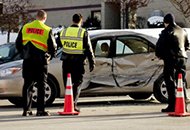

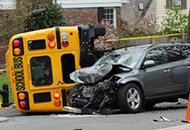

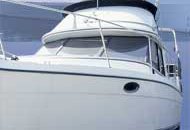
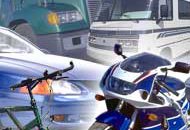
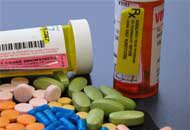

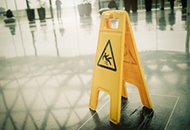
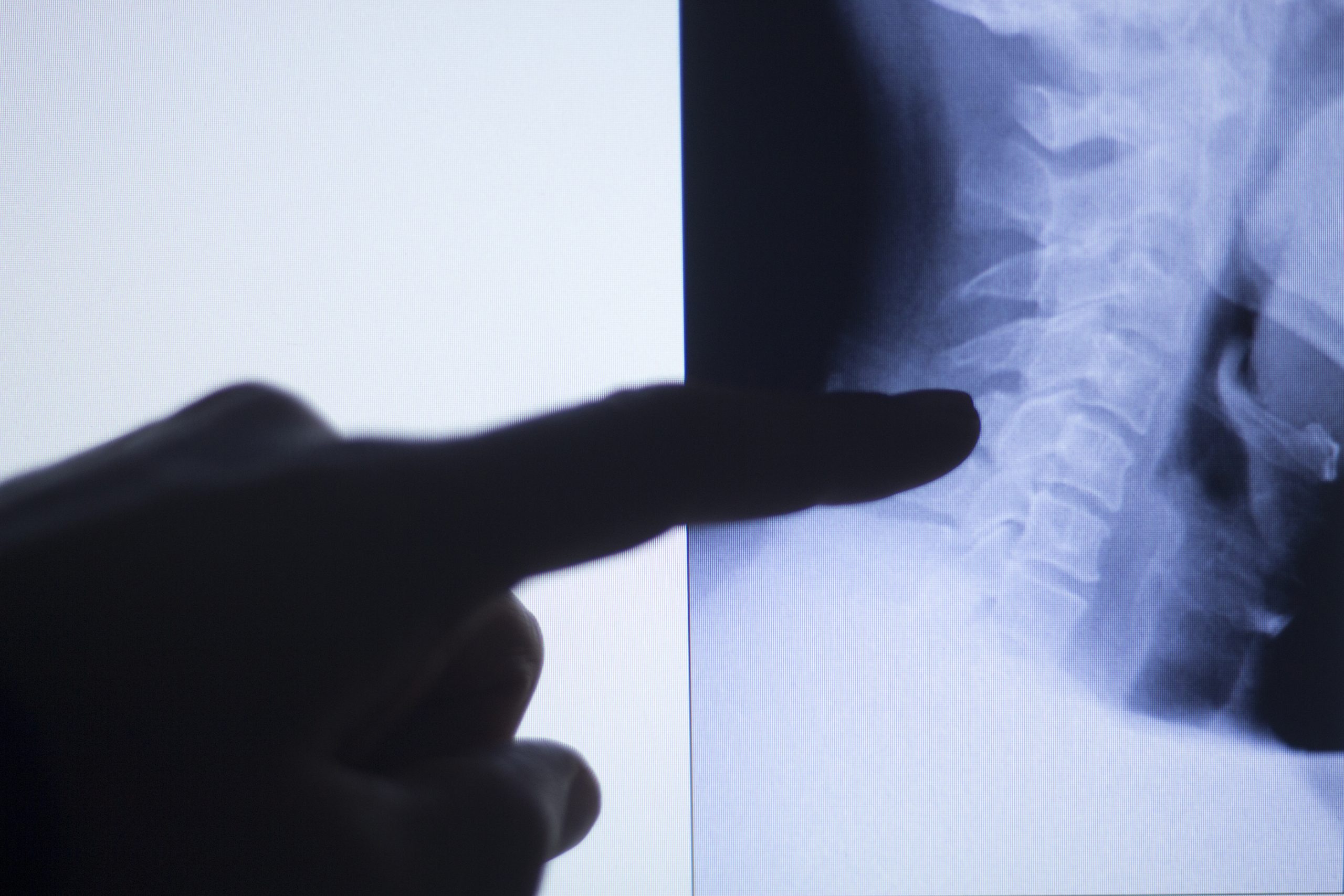
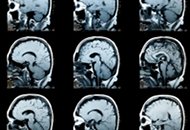
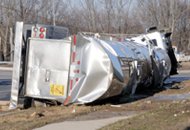
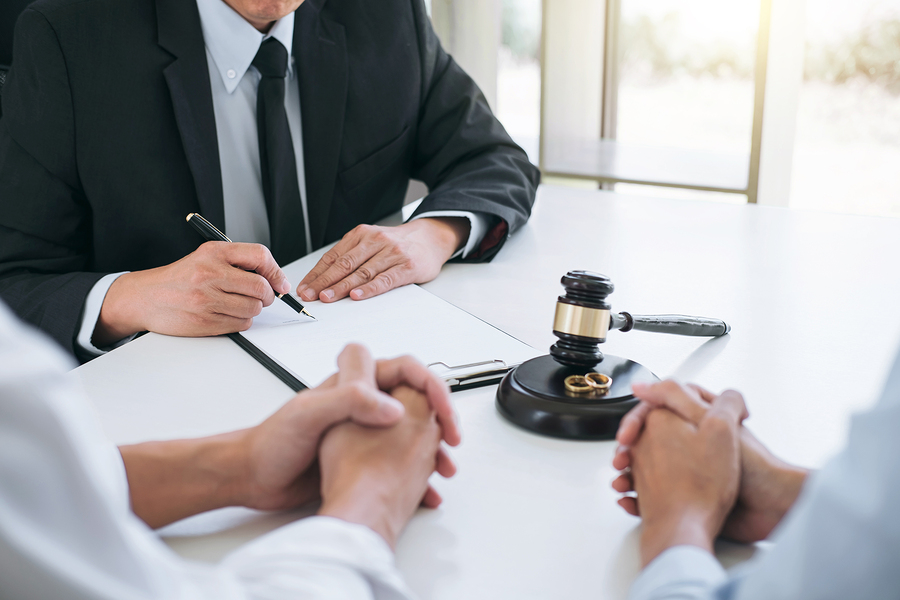
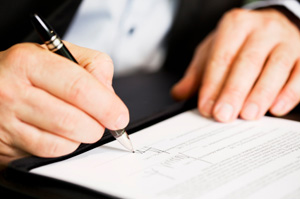
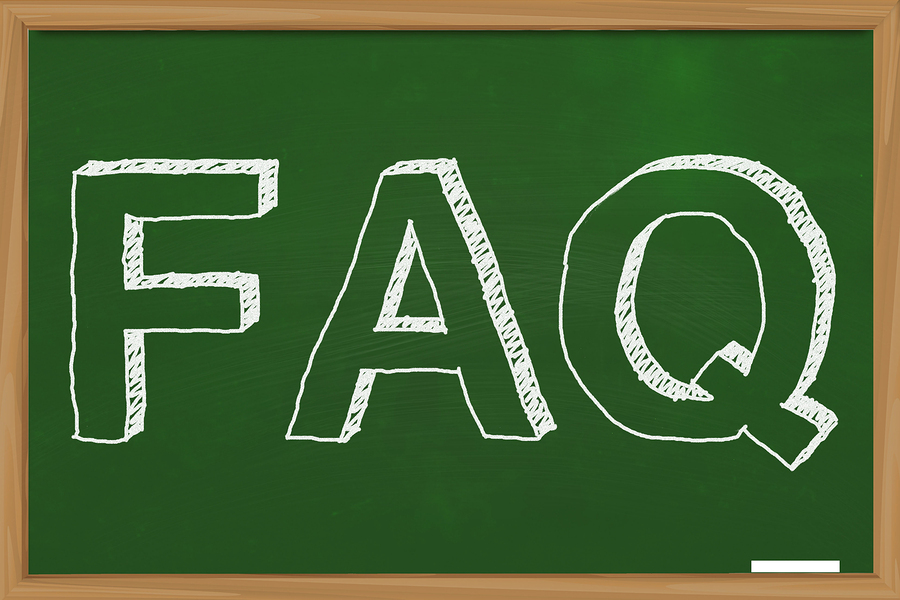
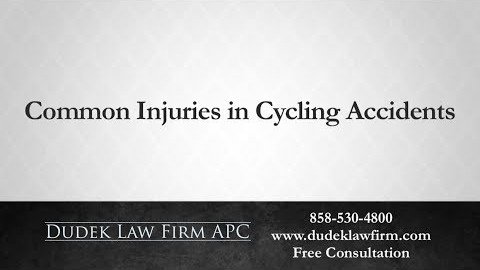
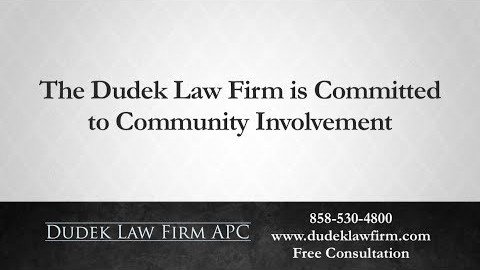
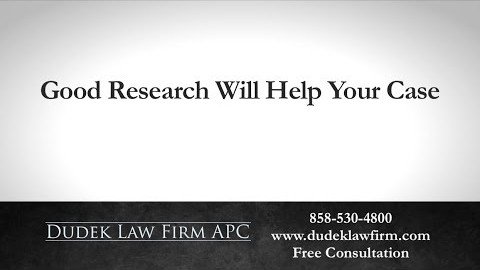
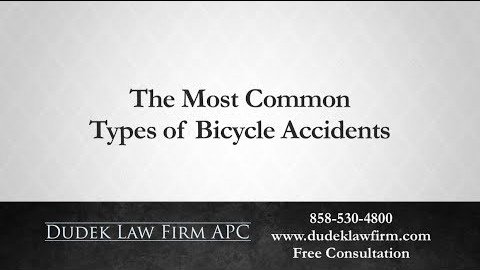
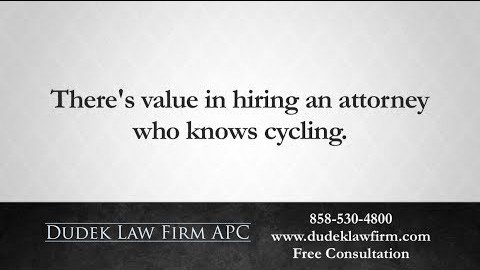
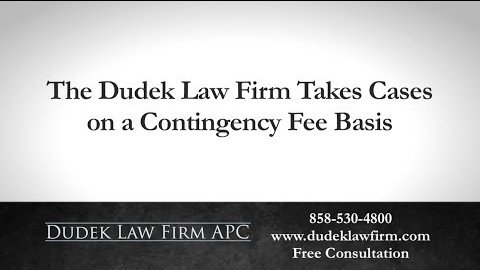
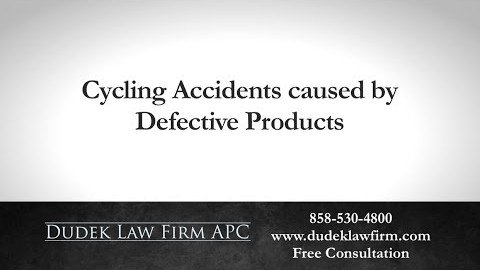
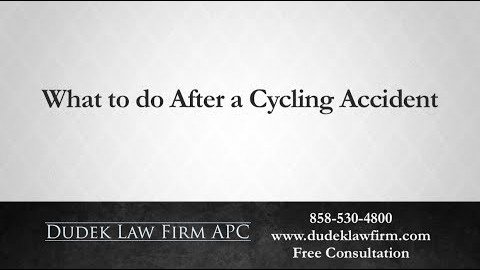
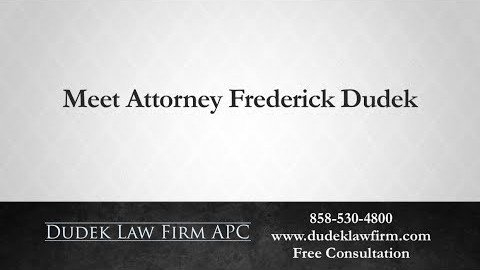
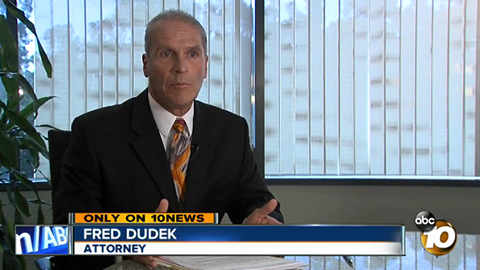
 1620 5th Avenue
1620 5th Avenue 1620 5th Avenue
1620 5th Avenue